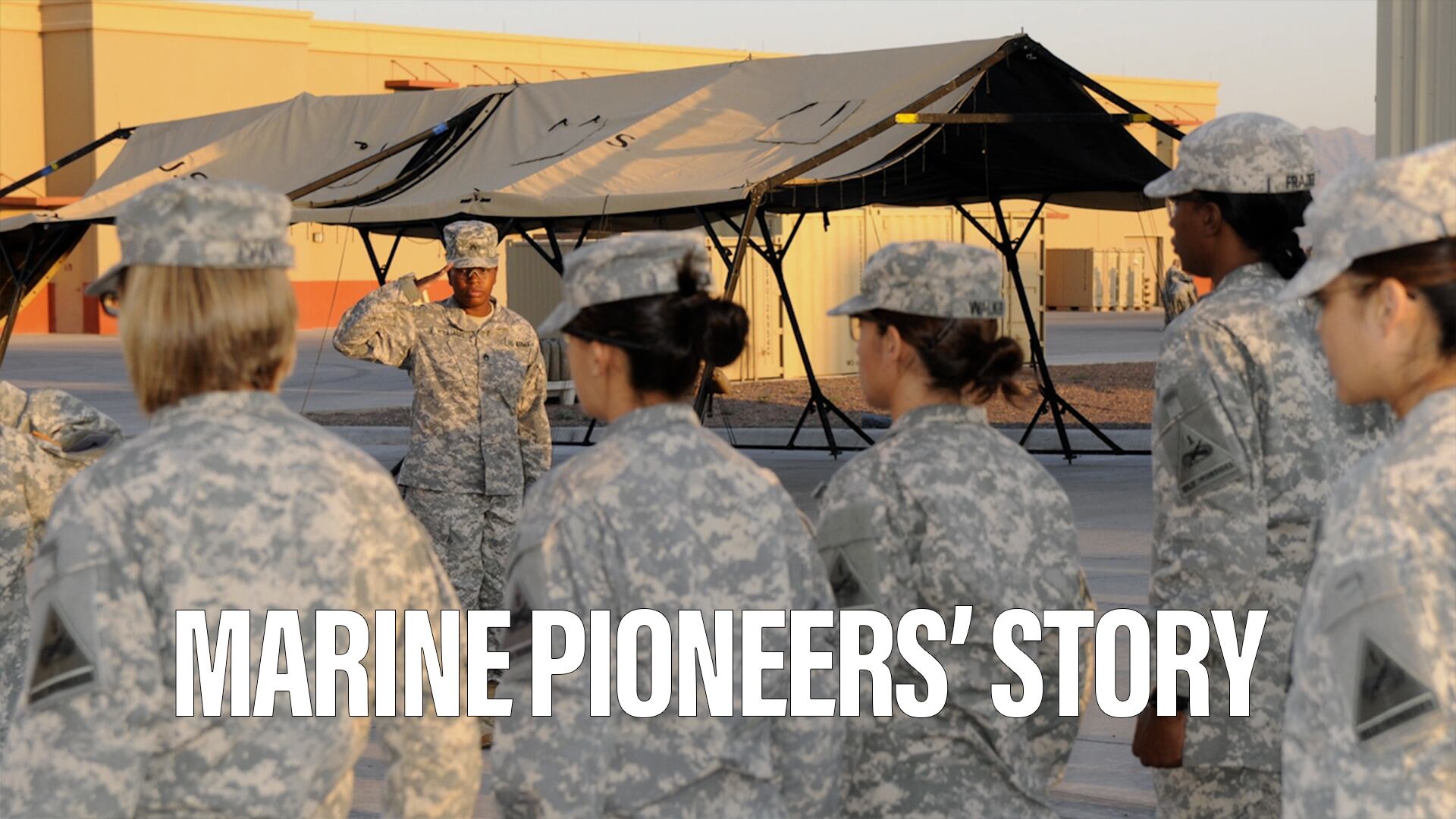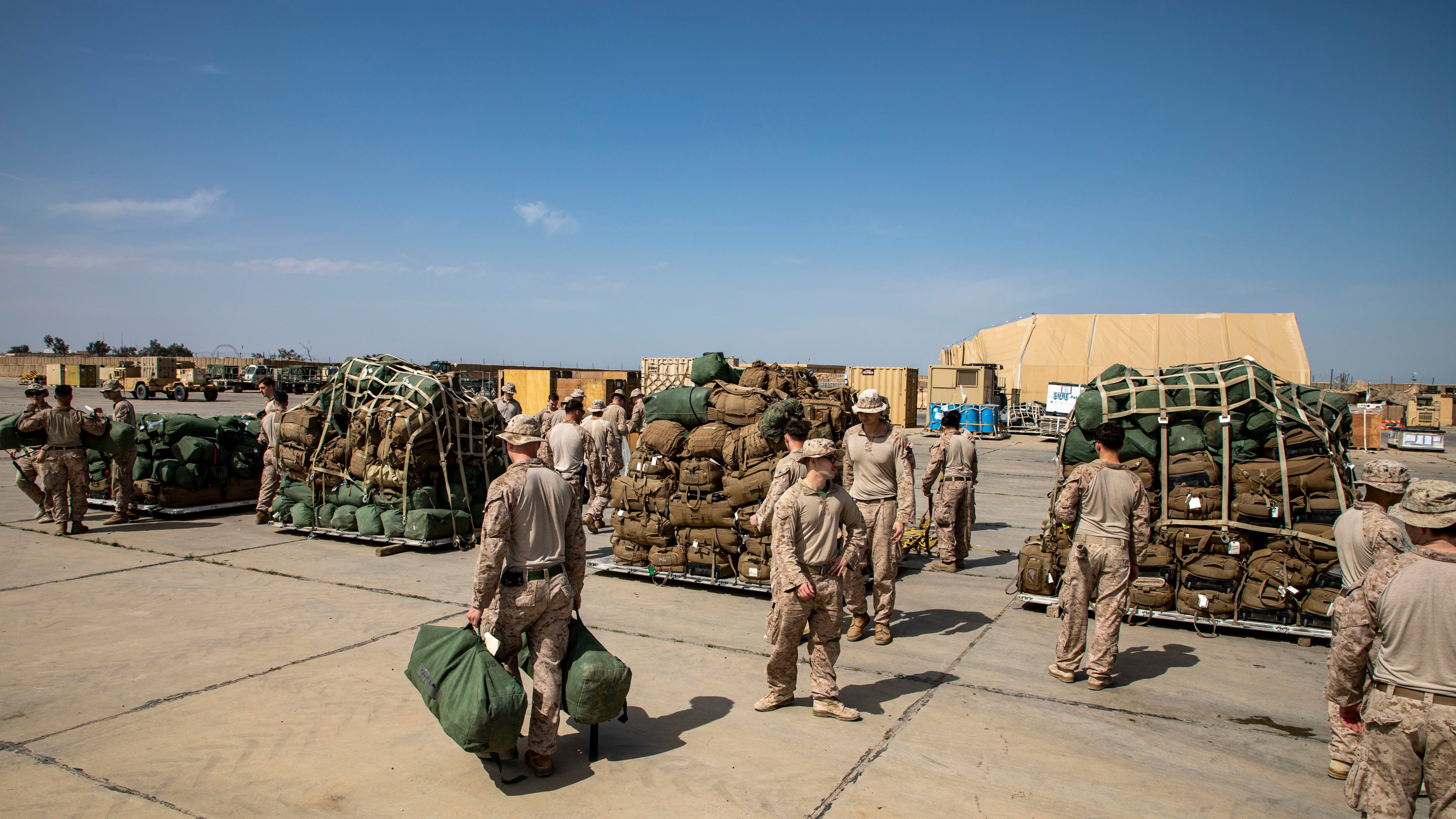

Shawn Snow
Early Bird Editor
Shawn Snow is the senior reporter for Marine Corps Times and a Marine Corps veteran.
All Stories By Shawn

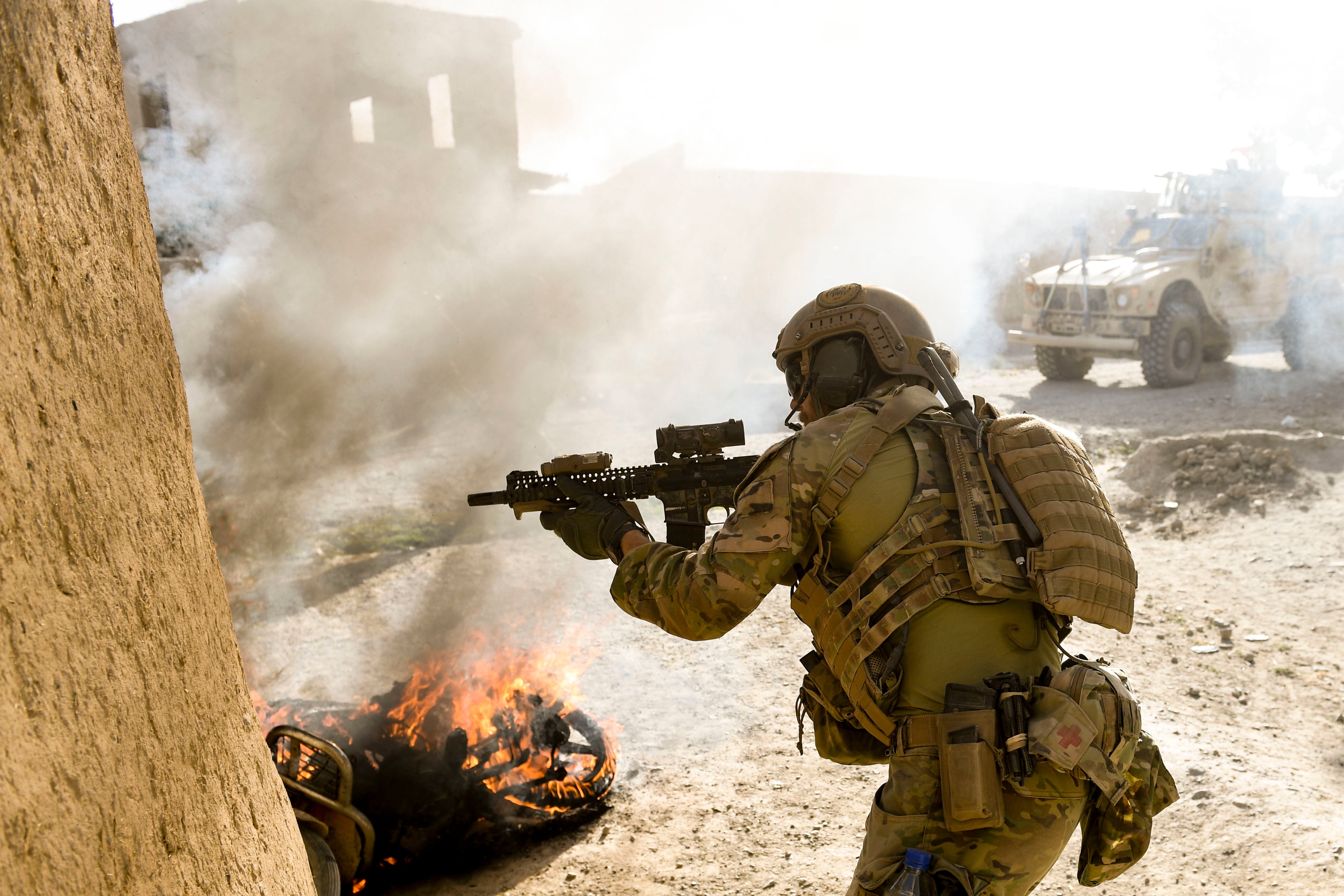
Special operators will be countering violent extremists for the ‘long haul’
The commander of SOCOM said battling violent extremists groups will remain the number one priority for American commandos.
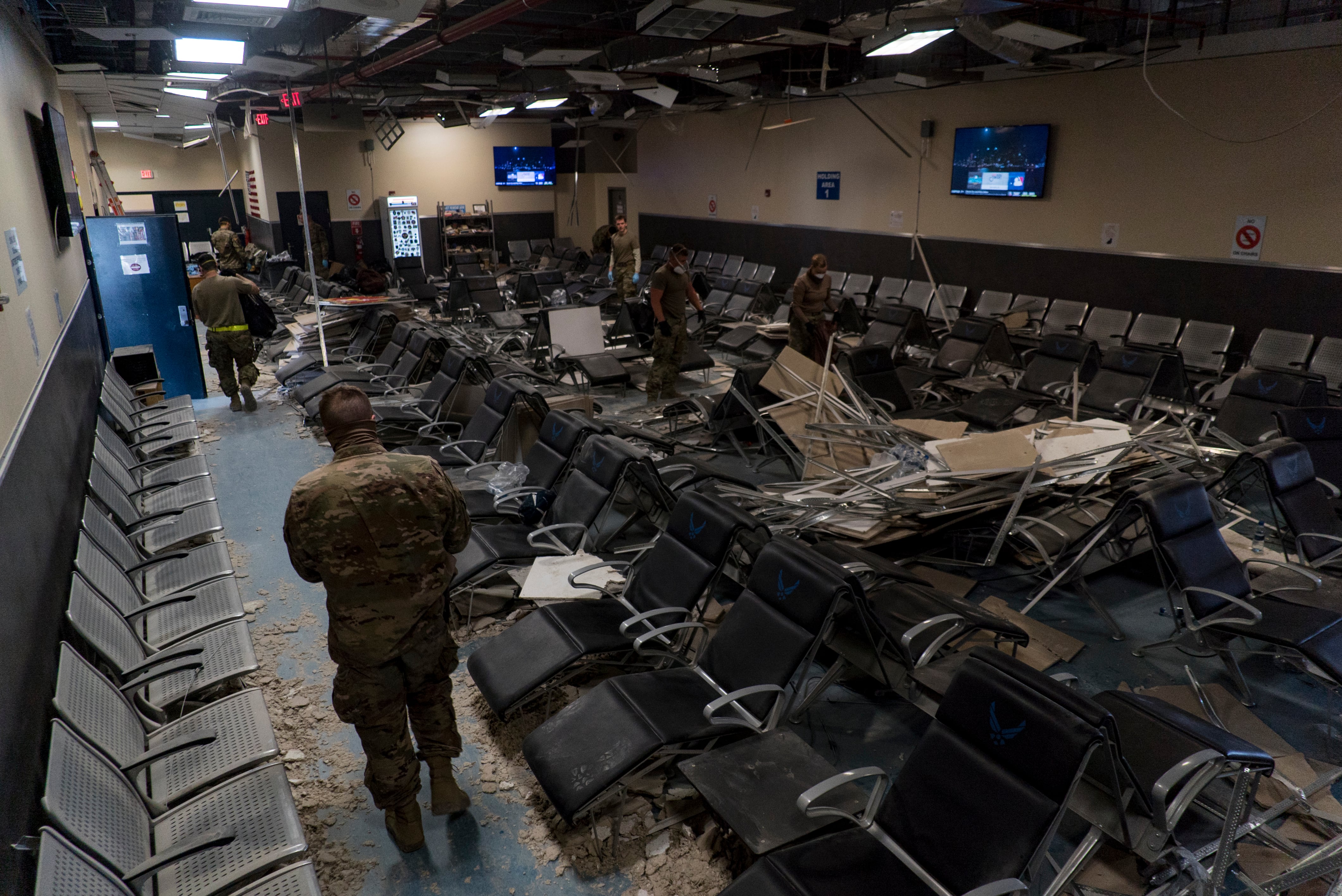
US military releases photos showing Bagram Air Base damage following brazen Taliban assault
A source on the ground detailed to Military Times that a firefight between the Taliban and Afghan and U.S. forces lasted nine to 10 hours.
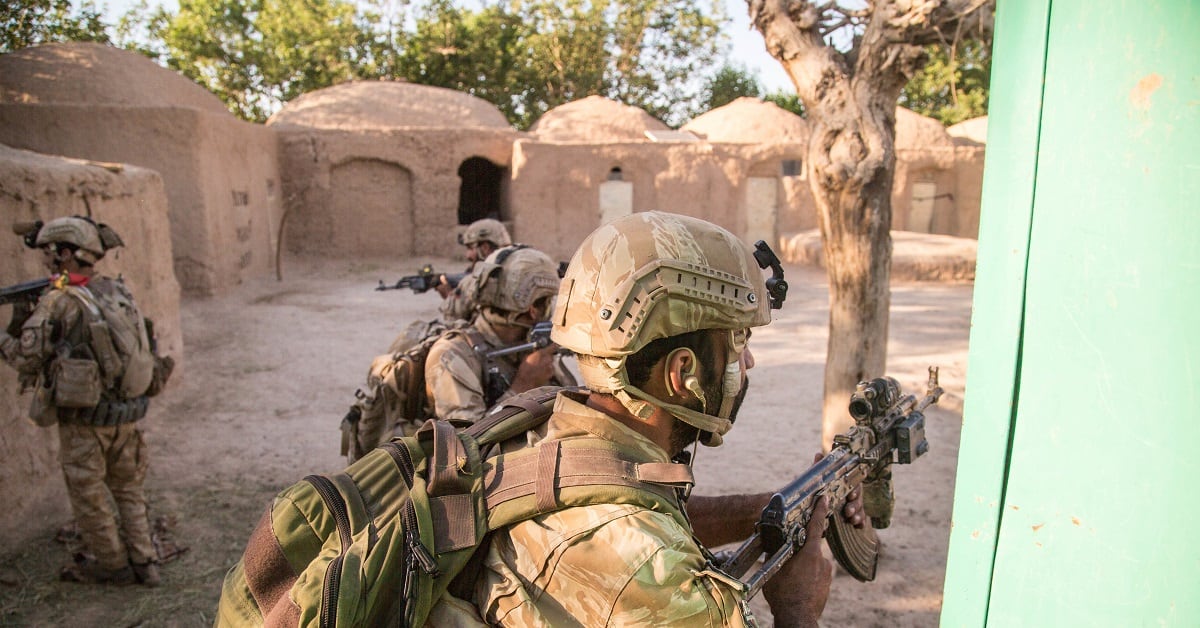
Are Afghan forces beating the Taliban in 2019? The Pentagon won’t say.
Rosy metrics provided by the U.S. military regarding progress of the Afghan war have been questionable in the past.
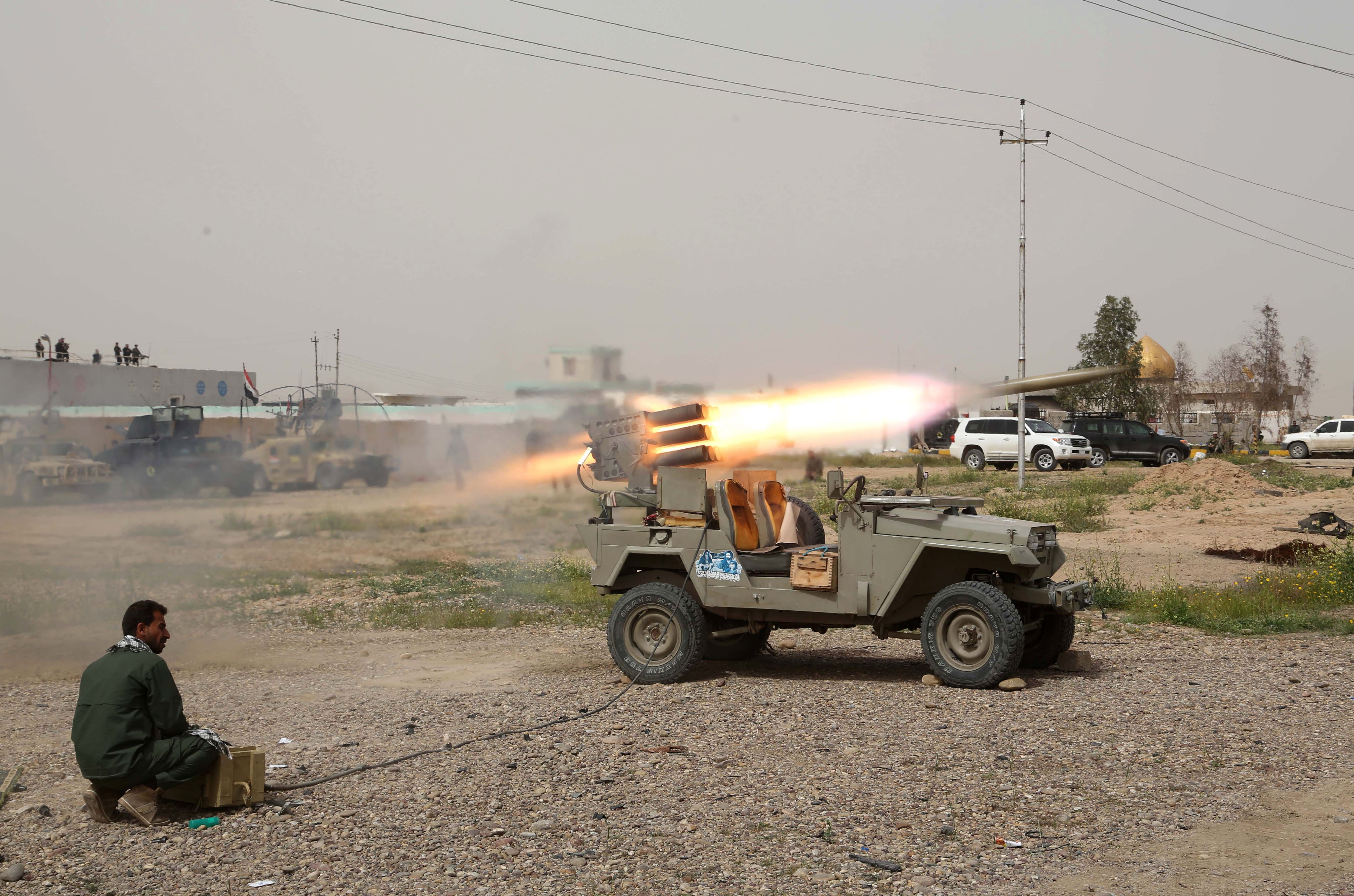
Rockets land near Baghdad airport, Iran-backed militias approaching a red line US official says
“Iran should not mistake the United States’ restraint for an unwillingness to respond with decisive military force should our forces or interests be attacked."
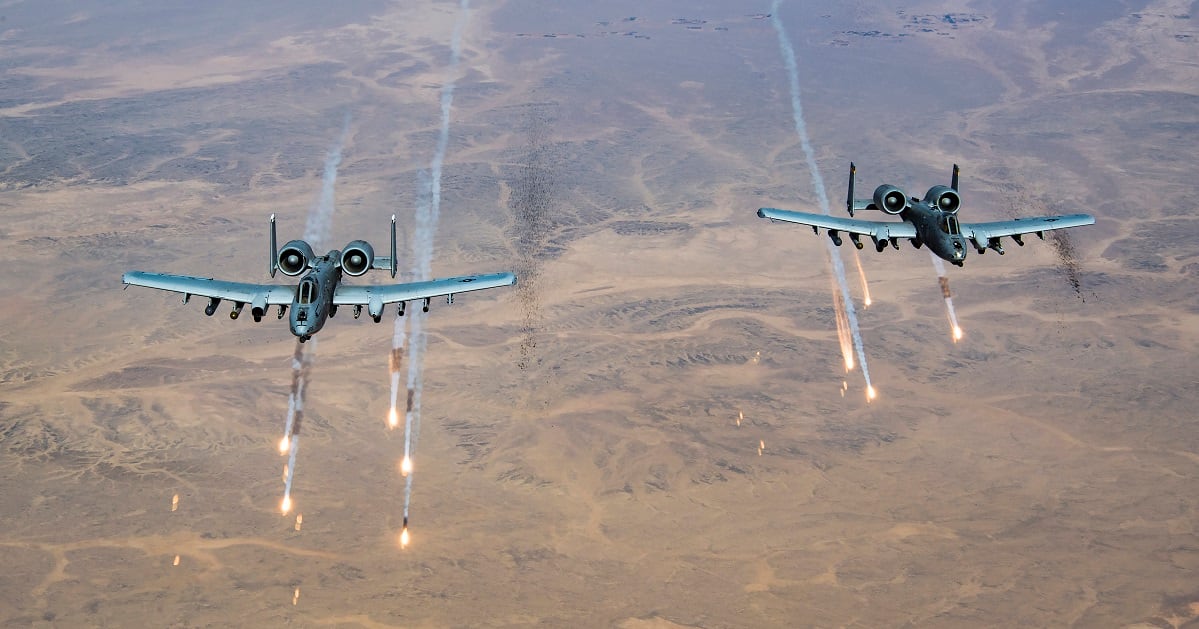
Airstrikes called in as Taliban attempt to breach Bagram Air Base
U.S. and Afghan forces were pulled into a nearly nine to 10 hour firefight after a suicide bombing targeted a medical facility that was under construction near the base, a source on the ground detailed to Military Times.
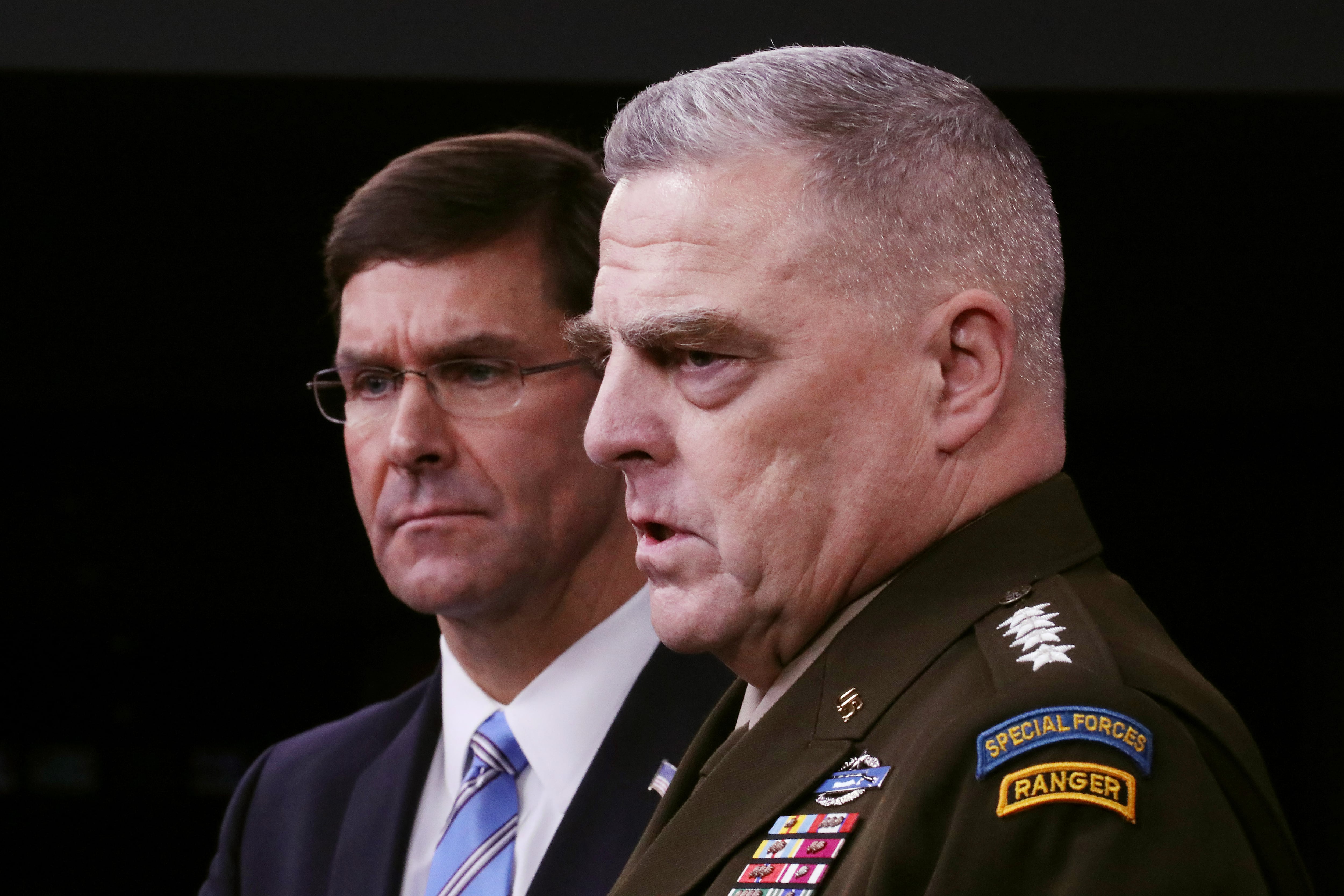
Joint Chiefs chairman cautions Iran to be ‘very cautious’ following recent spate of attacks
"We are in a period of heightened risk with respect to Iran,” Gen. Mark Milley, the Joint Chiefs chairman told lawmakers Wednesday on Capitol Hill.
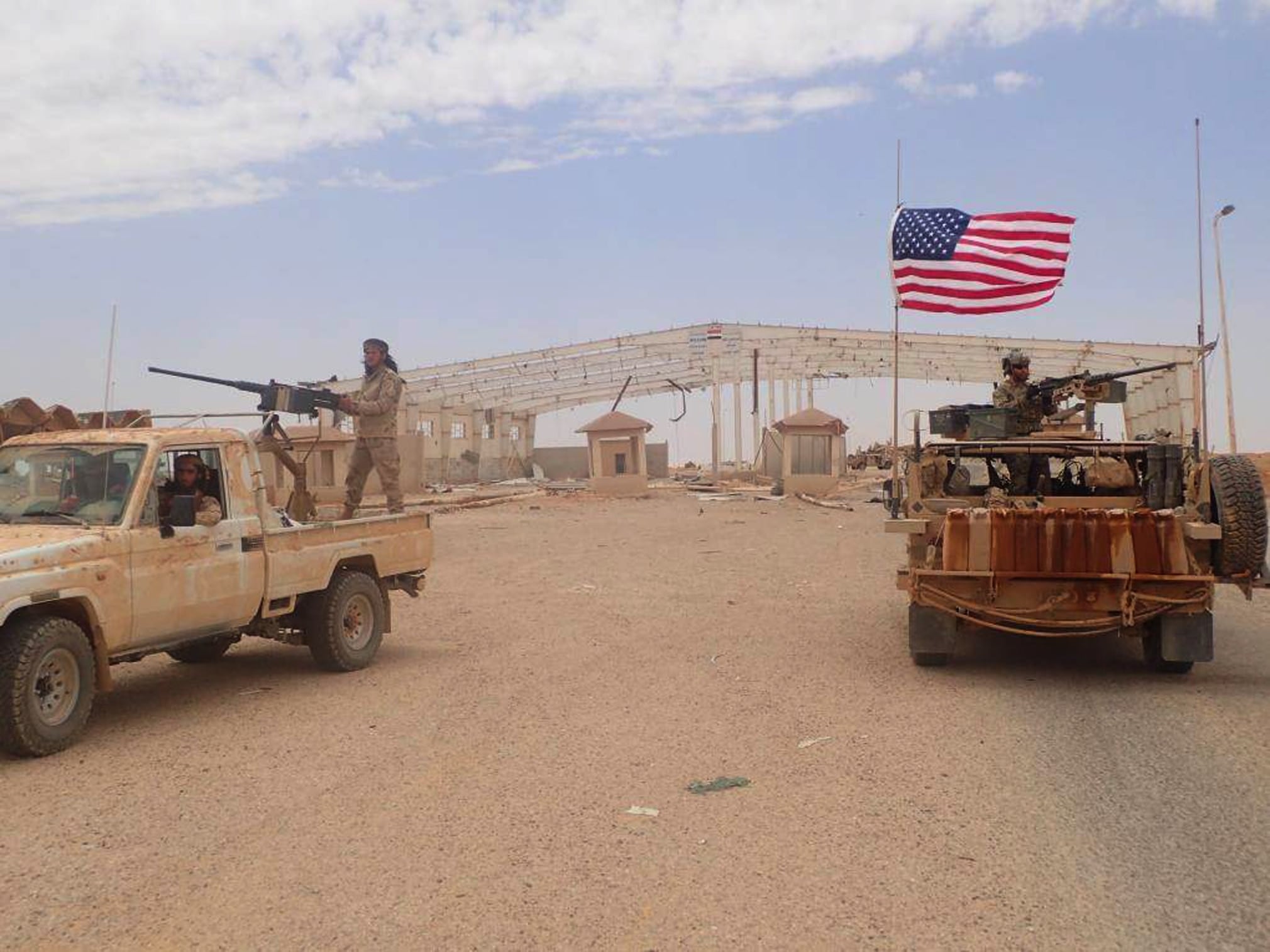
Congress is worried about an Iranian threat to a small garrison of US commandos in Syria
Located in a remote desert outpost in southern Syria, al-Tanf is far removed from the majority of the anti-ISIS fight raging in northern Syria — instead it’s been the scene of deadly clashes between U.S. forces and Iranian and Syrian regime backed militias.
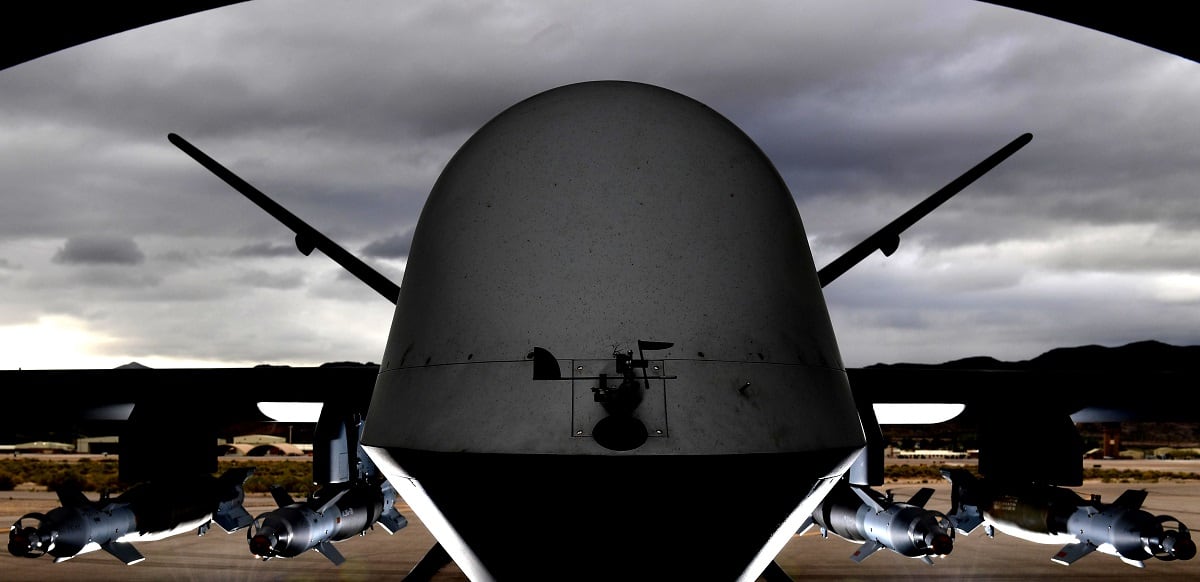
AFRICOM demands return of US drone shot down by Russian air defenses over Libya
The remotely piloted aircraft may have been brought down by Russian mercenaries or troops with Khalifa Hifter’s Libyan National Army operating a Russian air defense system.
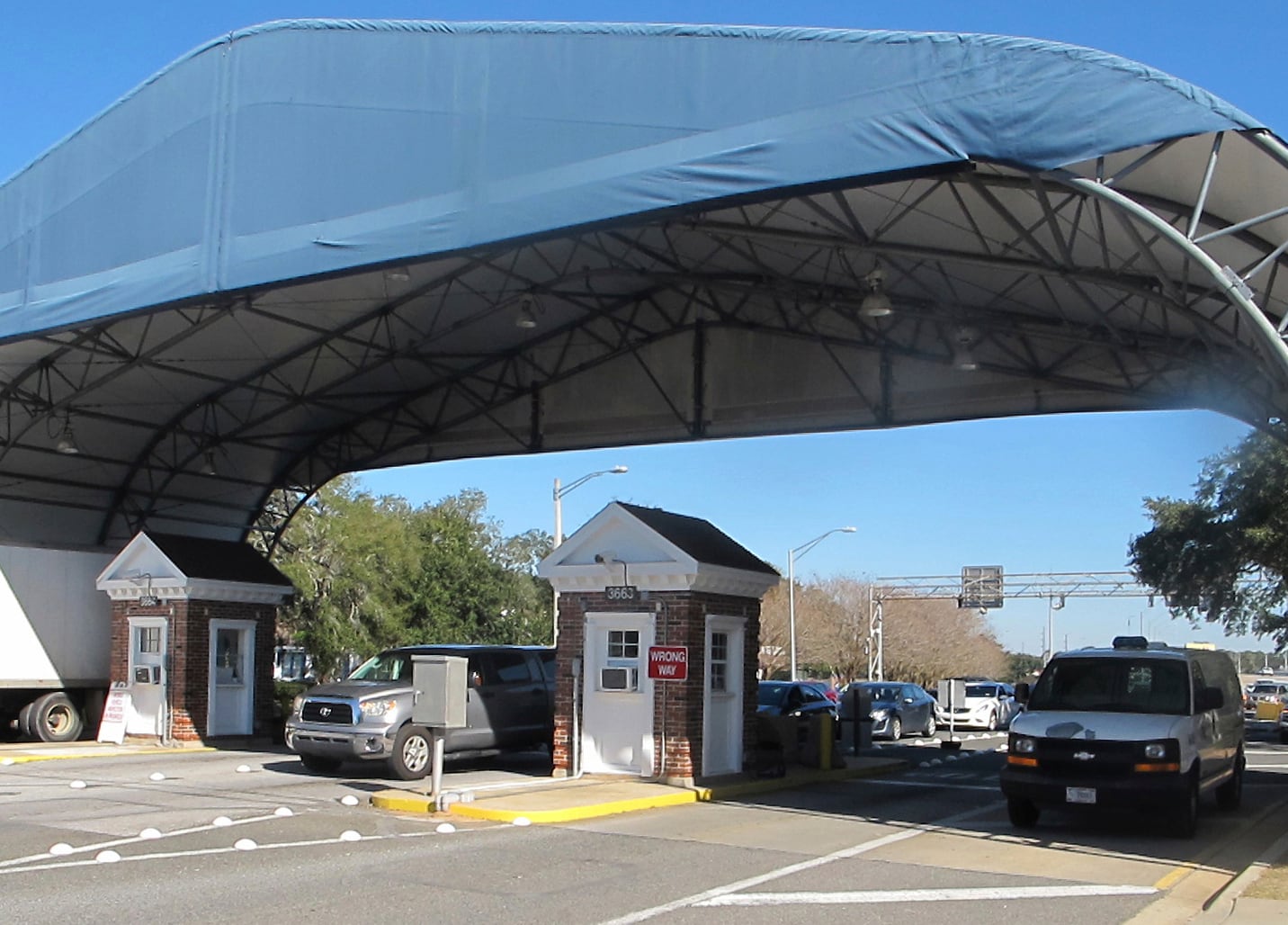
NORTHCOM increases base force protection measures in wake of 2 deadly base shootings
In an emailed statement to Military Times, NORTHCOM said it has directed its facilities and units “to immediately assess force protection measures and implement increased random security measures appropriate for their facilities.”
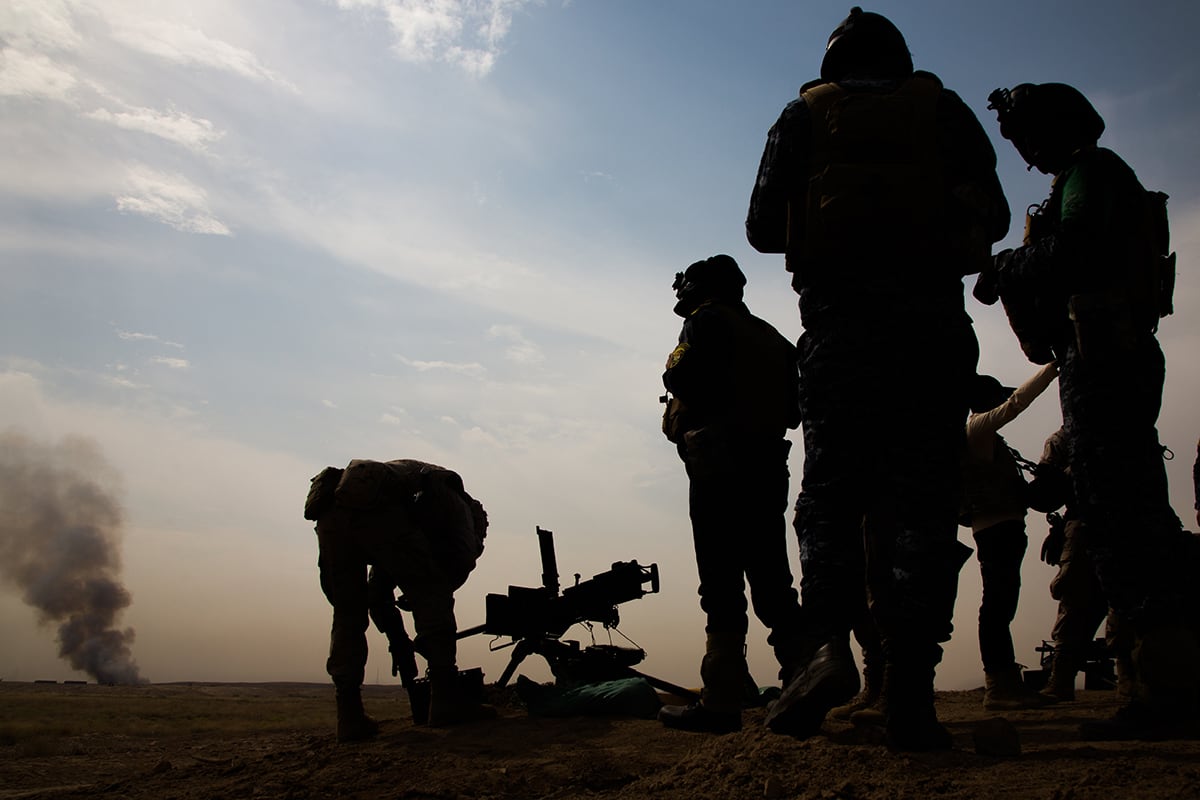
Rockets land near Baghdad airport as US blames Iran for recent attacks
The attack on al-Asad was notable, the official said, in that the attackers used a 122 mm rocket, which is deadlier and boasts a longer range than the 107 mm rockets that have been used in previous attacks.



